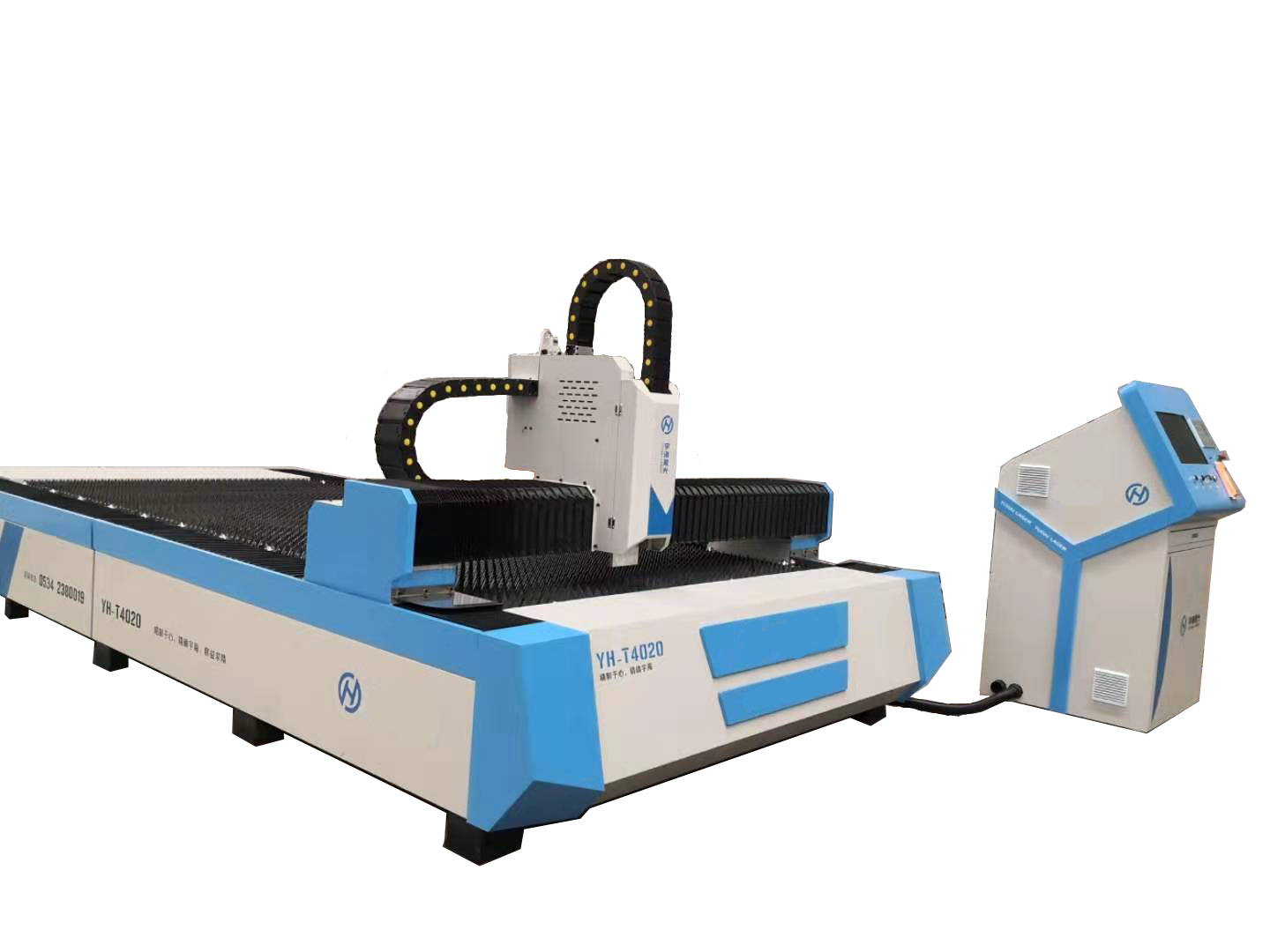The effect of cutting speed on cutting quality

For a given laser power density and material, the cutting speed is in accordance with an empirical formula. As long as the threshold is above the pass threshold, the cutting speed of the material is proportional to the laser power density, ie increasing the power density increases the cutting speed. The power density referred to here is related not only to the laser output power, but also to the beam quality mode. In addition, the characteristics of the beam focusing system, that is, the spot size after focusing, also have a large effect on laser cutting.
The cutting speed is inversely proportional to the density (specific gravity) and thickness of the material being cut. When other parameters remain the same, the factors that increase the cutting speed are: increase the power (in a certain range, such as 500 ~ 2 000W); improve the beam mode (such as from high-order mode to low-order mode until TEM00); reduce the size of the focused spot ( Such as short focal length lens focusing; cutting low initial evaporation energy materials (such as plastic, plexiglass, etc.); cutting low-density materials (such as white pine, etc.); cutting thin materials.
Especially for metal materials, the laser cutting speed can have a relative adjustment range while maintaining other process variables while maintaining a satisfactory cutting quality. This adjustment range is slightly thicker than when cutting thin metal. width. Sometimes, the slower cutting speed will also cause the hot melt material to ablate the surface of the mouth, making the cut surface rough.





